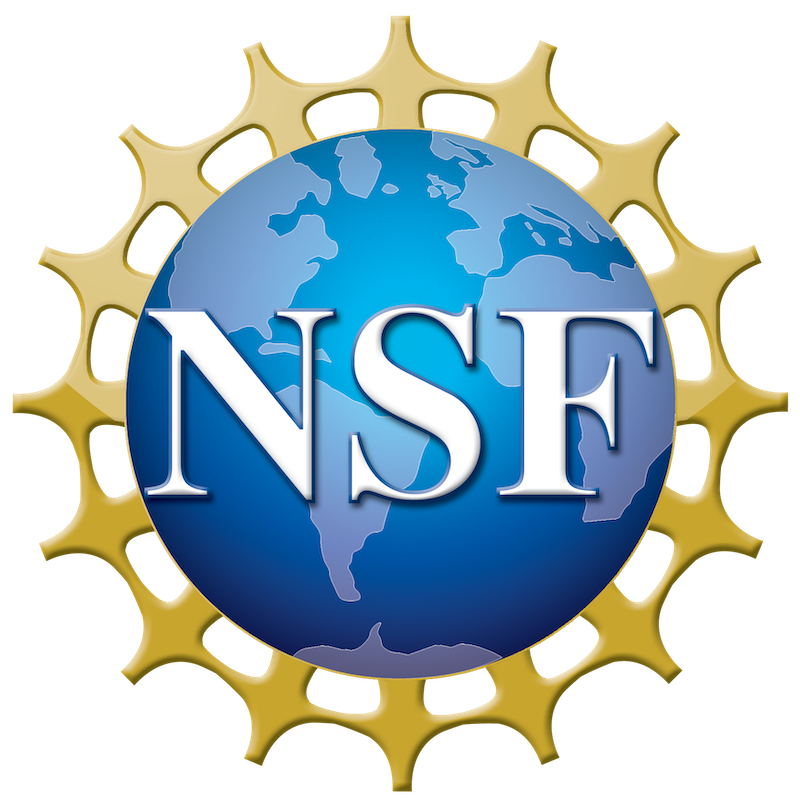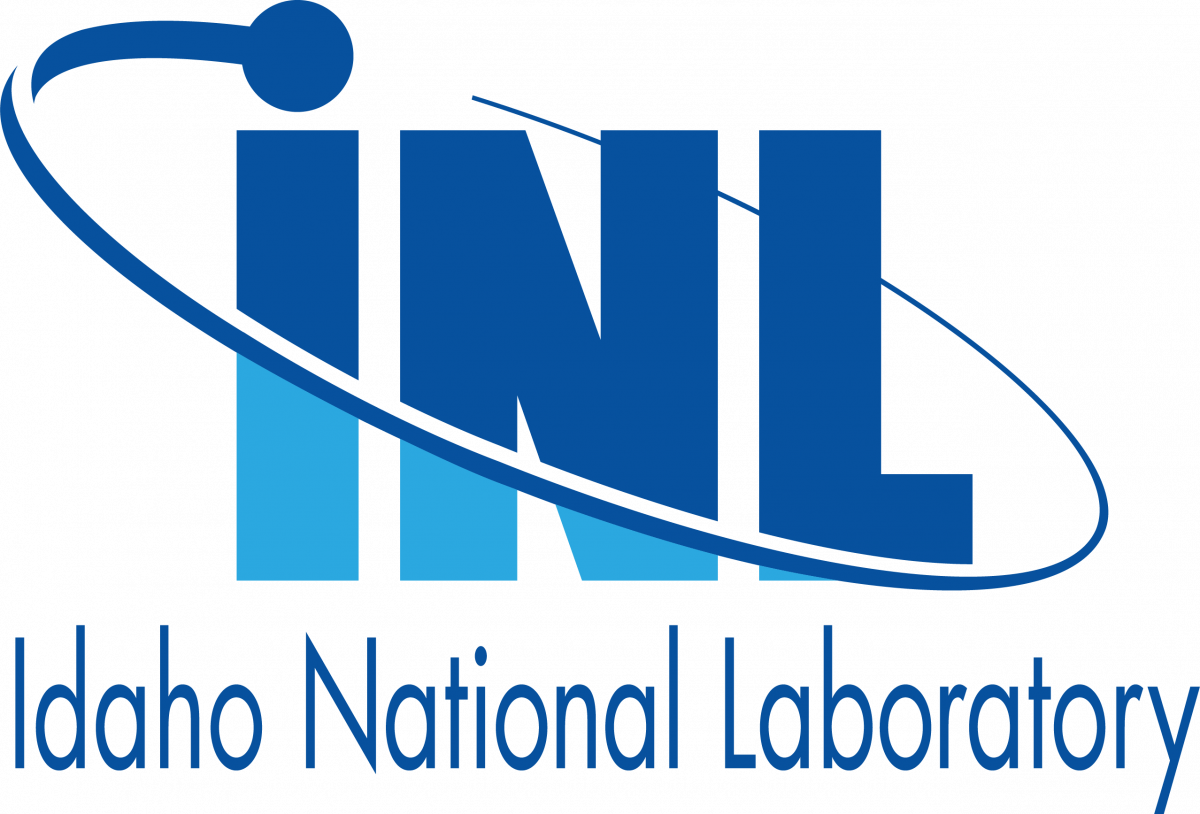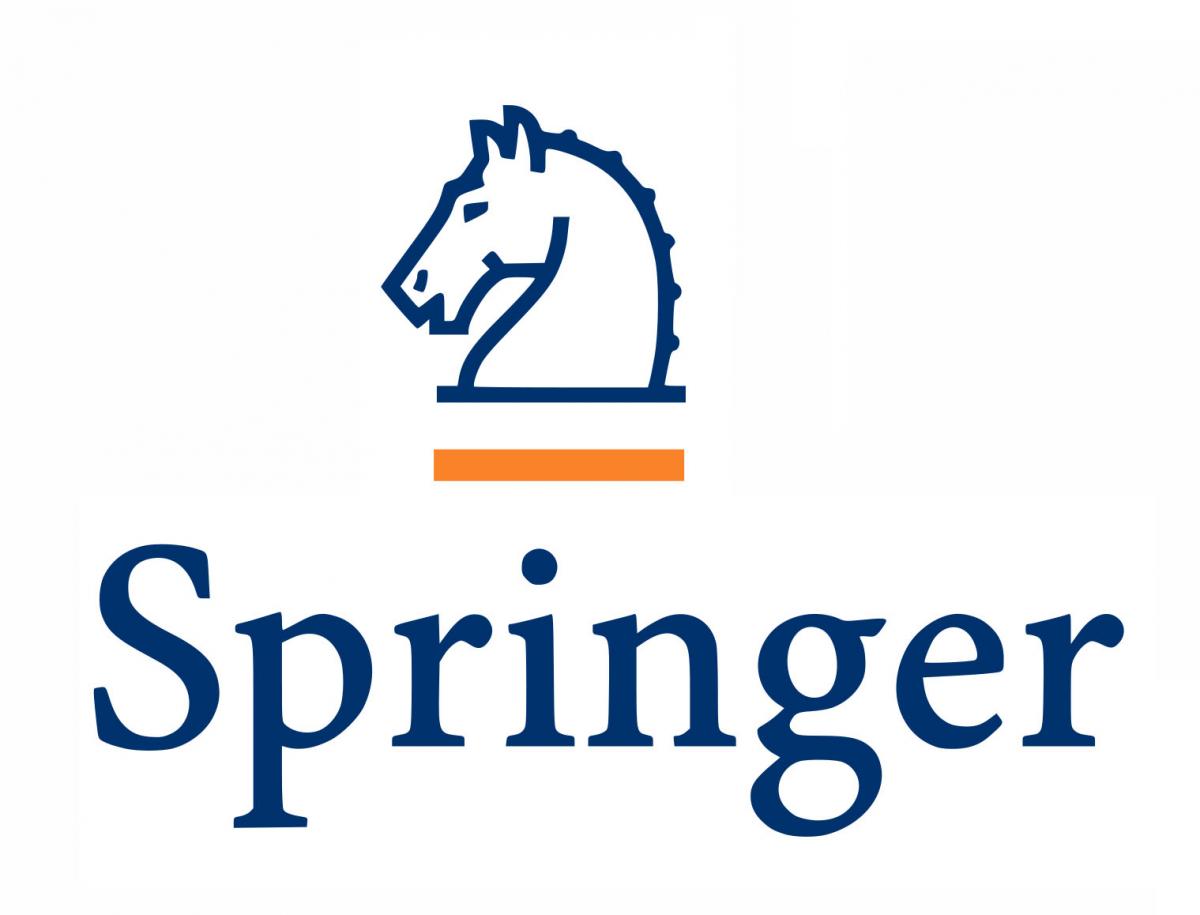Pavel Bochev, Sandia National Laboratories
Dmitri Kuzmin, University of Dortmund
Denis Ridzal, Sandia National Laboratories
The main goal of this minisimposium is to bring together researchers working on the development, analysis and verification of new and non-standard methods that preserve fundamental properties of solutions to linear advection equations or nonlinear (systems of) conservation laws. Examples of such properties include conservation of mass, preservation of solenoidal vector fields, and satisfaction of maximum principles or entropy conditions.
The minisimposium will focus on a spectrum of approaches ranging from non-standard optimization-based property-preserving methods to limiter-based approaches, residual redistribution methods, entropy fixes, remapping, mesh optimization and related topics Exploration of the close relationships between these approaches that can further facilitate their analysis and understanding will be of particular interest for this minisimposium.
For example, optimization-based methods enforce physical properties by treating them as inequality and/or equality constraints in suitably defined constrained global optimization problems. In contrast, limiter-based approaches typically use local “worst-case” scenario considerations to construct convex combinations of high- and low-order solution approximations that preserve the desired properties. However, despite their seemingly dissimilar foundations, optimization-based and limiter-based methods are in fact related: the weights in the convex combinations of low and high order solutions can be interpreted as exact solutions of simplified global optimization problems.
By bringing together experts in numerical methods for hyperbolic problems, optimization and numerical analysis, the minisimposium aims to stimulate interactions among these experts that will foster further investigation of mathematical relationships between different cases of property-preserving methods.











